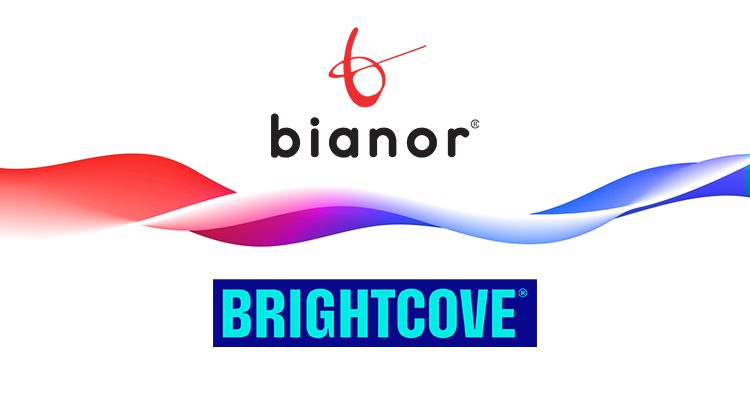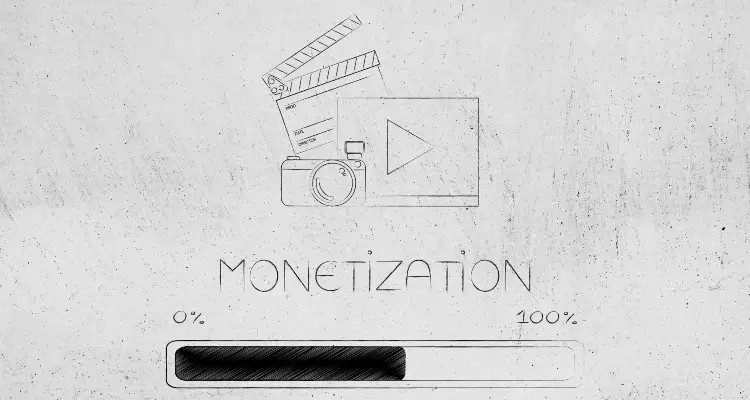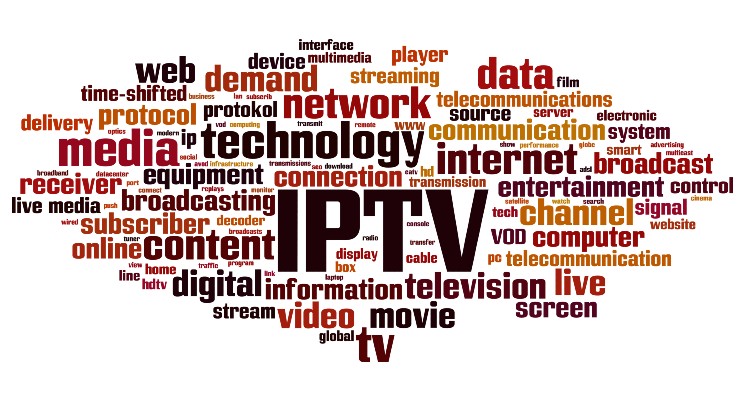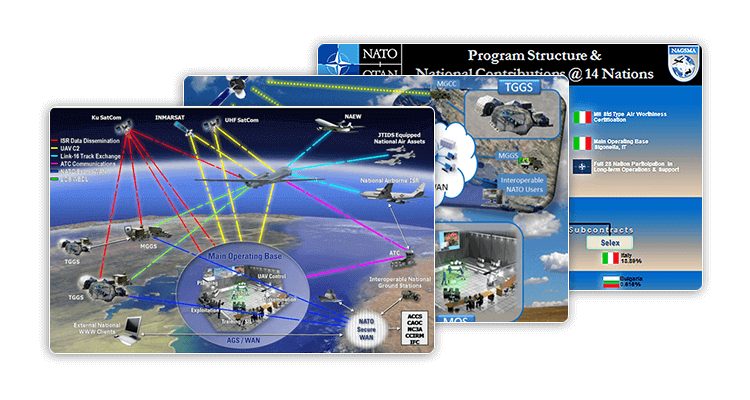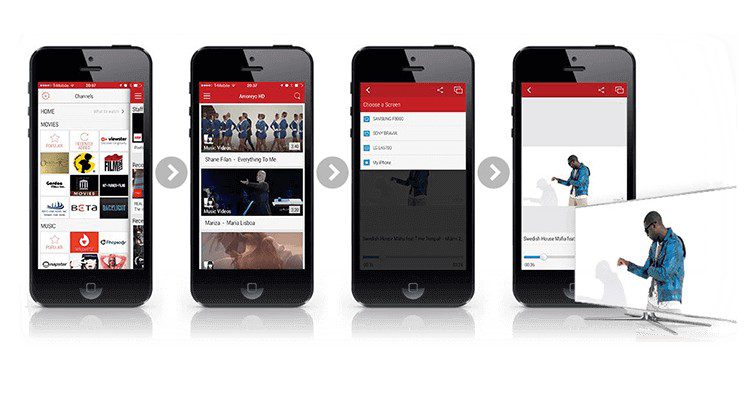4K Video – Technical Challenges for Producers, Distributors & Consumers
What stays behind the two letters ‘4K’, and what are the technical challenges we face today?

If you have been looking for a new TV, monitor, or projector, have purchased one in recent years, or just have been browsing through videos on the Internet, for sure you have encountered the “4K” standard. For most people, 4K is equivalent to high quality – high-quality screens and images, high-quality cameras, high-quality video streaming content, etc. But let’s see what exactly stays behind these two letters.
What is 4K, and what does it mean for the consumers
“4K” decodes as ‘4 Kilos’ or 4000, which is the count of pixels or picture elements (the smallest physical point that forms a raster image). In other words, any resolution with a horizontal pixel count of approximately 4000 can be named 4K. There are several different standardized 4K resolutions.
4K Resolution Standards
- DCI Digital Cinema System Specification – resolution 4096×2160 ; 3996×2160; 4096×1716;
- SMPTE UHDTV standard – resolution 3840 × 2160 (UHDTV1)
- ITU-R UHDTV standard – resolution 3840 × 2160
- CEA Ultra HD – resolution of 3840 × 2160 or larger
What all these standards have in common is the horizontal pixel count. It is always ≈4000 or “4K,” where the name comes from. These dimensions provide around 8.3 million pixels that bring an exciting user experience.
4K User Benefits
- A sharper image with more details (ideal for photographers that scrutinize their work);
- A better color grading, makes the picture more intense and more vibrant;
- A more realistic picture (4K and Ultra HD TVs support ten and 12-bit color, which means a broader range of colors are available on a 4K screen, and therefore pictures appear more realistic.)
- Ability to show images on larger displays or project on larger screens without lowering quality (perfect for movie screens and large TV screens, e.g., home movie theaters).
The technical challenges
Watching 4K videos at home sounds like an outstanding experience. However, there are some technical challenges to deal with before bringing the ultimate adventure to the home environment. The challenges concern the content creators, the content distributors, and the audience alike.
4K Content Creators Challenges
Currently, there is a lot of 4K content available and it’s no longer an issue. However, 4K content creation still has its costs. No matter if you are a professional filmmaker or just shooting videos for fun, you still need to invest sufficient resources to produce a high-quality product. Here is what content creator needs to consider when endeavoring a 4K resolution creative:
- Upgrade or replace hardware – cameras and lenses, displays, 4K smartphones;
- Increase media storage to record the raw footage – memory cards, hard drives;
- Enhancing the editing system to support 4K video – buy new powerful video editing software;
- Upgrade or replace workstations – add computer power to handle the editing and rendering of the footage (processor speed, the graphics card, RAM installed, and change the type and capacity of the hard drive);
- Provide adequate internet speed for transferring the footage.
4K Video Providers Challenges
Cable and satellite TV are failing in providing 4K content. We still have not reached the point where all channels broadcast in 4K; we are not even close yet. And if you are wondering why these service providers are not offering the best service for their customers, here are some of the answers about the obstacles they face:
- Video distributors need to provide sufficient storage and implement suitable storage architecture to keep the 4K footage. Because of the higher-resolution imagery, higher frame rates, and higher dynamic range, it produces large files. The higher data volumes require more digital storage to capture, process, distribute, and archive this digital video content. For example, a prominent Hollywood production may generate hundreds of petabytes of raw footage. Another trend is higher frame rates with displays at 48 or 60 frames per second (fps) and 4K capture up to 120 fps or even higher in specialty cameras designed for slow-motion capture. A few calculations show that the digital storage required for an hour of content with Ultra HD-1 spec at 4K format (3840 x 2160 resolution), 60fps is about 6700GB.
- Improve or replace own hardware – e.g., video switchers that support 4K video.
- Upgrade or replace compression systems – use new video coding formats that offer better data compression at the same level of video quality or substantially improved video quality at the same bit rate, e.g., HEVC codec products or Google’s VP9, which double the compression ratio and enable faster transfers to satellites or storages.
- Expand network infrastructure and bandwidth to minimize the time required to deliver high-quality video content in 4K format from point A to B at significant distances.
- Or store the content geographically near the consumer for a better transfer.
4K Video Consumers Challenges
Purchasing 4K equipment is not a luxury anymore, but just having a 4K compatible TV does not mean that you can watch 4K videos. 4K content is available on most of the popular streaming and gaming platforms. Besides the monthly fee for watching it, you need to examine carefully the technical requirements you need to meet. Such are:
- For the best 4K experience, you need an internet download speed of 25Mbps or higher, which is still an issue for many consumers. And if other devices will be occupying your bandwidth, 25 Mbps alone won’t be sufficient.
- Check if your TV is compatible – sometimes it is recommended to be a 4K UHD smart TV of certain brands: e.g., Samsung, Sony, and LG.
- You need to additionally purchase streaming boxes and sticks or have the respective new version of a gaming console like 4K-capable Roku devices, Apple TV 4K, Chromecast, Nvidia Shield TV, Xiaomi Mi Box S; Xbox One, and PlayStation 4 and higher.
- Then, you are required to install additional apps compatible with the streaming platform – e.g., Netflix app, Amazon Prime app.
- And do not forget the cables capable of handling 4K HDR content – certified as High-Speed or Premium High-Speed, released after 2009 and certified for 4K resolution, ARC, Ethernet, or 4K resolution at 60 fps or HDR.
When it comes to playing 4K games, the requirements get harsher:
- Requirements for CPU and GPU: A powerful graphics card is a must to process vast amounts of information; a powerful central processor and high-speed memory, a 4K monitor;
- Network – connected via wired Ethernet to the same network as the PC;
- Cable to connect to TV – connected to a 4K TV via HDMI 2.0 input port; DisplayPort 1.3 or 1.4 port, both of which support up to 120Hz at 4K resolution. The new HDMI 2.1 standard is also capable of 4K at 120Hz and even 8K at 60Hz.
The future of 4K
There are indeed many challenges in creating, distributing, and watching 4K content. The good news is that there is a cure for each of them. 4K content has clearly become a norm. We can enjoy more 4K TV broadcasts, 4K streaming services, movies, and video games.
In today’s crowded social media landscape, it is pretty easy to shoot a 4K video and make it publicly available with a single click. The technology and advancements help achieve that and deliver quickly high-quality video to viewers around the Globe. A new generation of technology standards provides greater bandwidth and allows higher download speeds. The issue of storing massive volumes of 4K content is no longer so crucial, thanks to networked storages and storages in the cloud, which enable fast and low-cost worldwide content distribution. 4K compatible devices are affordable – it is easy and cheap to increase computer power, buy new appliances, improve network infrastructure, and appreciate the endless crystal-clear content.
Learn how Bianor can help video providers deal with the challenges of streaming high-definition video >>>
Video Streaming Lifecycle
Download Bianor’s white paper to learn more about the five most crucial components of video streaming lifecycle.



















